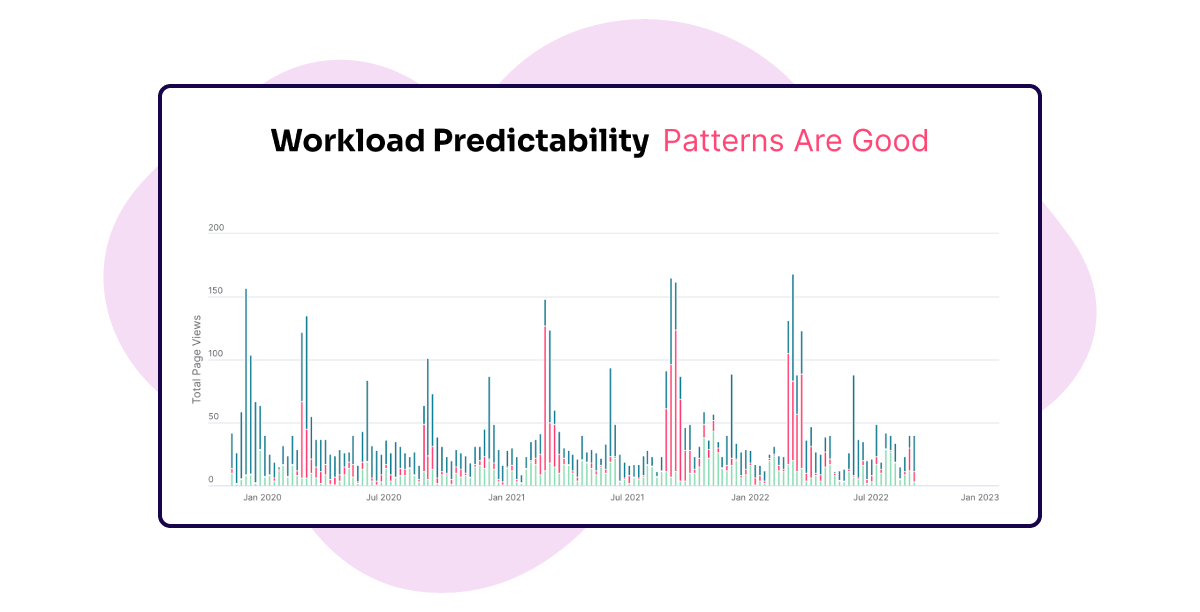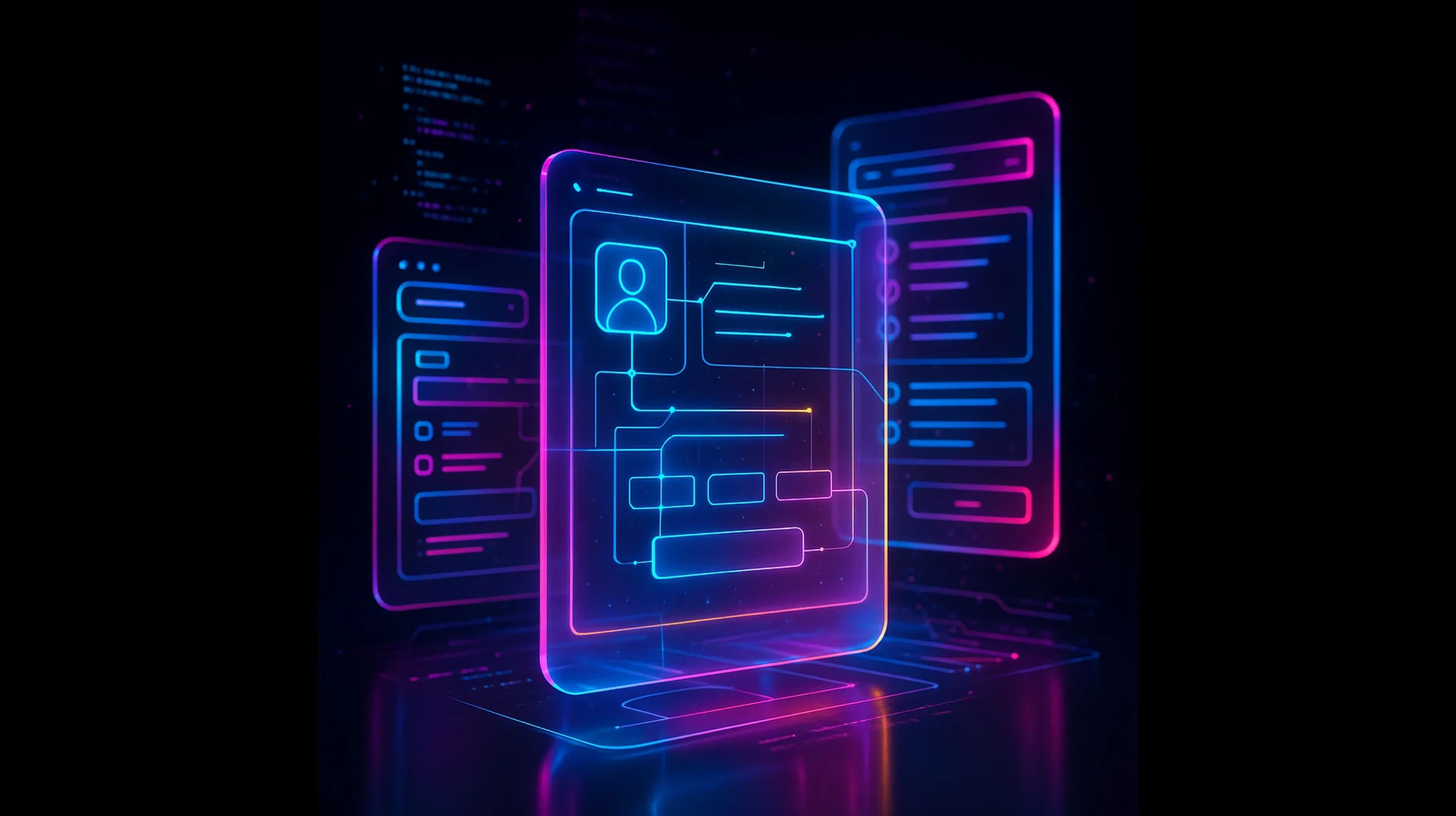Software has eaten the world, and AI is accelerating this even more. As software quantity goes up, quality goes down. This leaves you stuck with AI software “slop,” bad user experiences (UX), and wasted time and money you’ll never get back.
Companies invest in tech to gain a competitive advantage but end up getting dragged down instead. Declining market share, loss of talent, wasted R&D resources, and even major compliance fines are all signs of this. And while you’ll still invest in digital tools, you can take steps to safeguard your company from the negative effects of bad software.
Here are five warning signs that you’ve fallen into the software experience trap and how companies like yours have escaped it.
1. Low adoption
Don’t you hate investing in new features or tools only to see them go ignored? You’re not alone. 80% of software features are rarely or never used, meaning companies waste billions annually on untouched software.
Poor feature adoption is a major sign that your roadmap isn’t aligned with what your users need. Maybe the loudest voice in the room keeps winning, or perhaps you didn’t validate your ideas with users. Regardless of your product discovery strategy, ignoring data when allocating software spend creates a dangerous disconnect between the investment you put into software and the value you get out of it.
Connecting software investments to value like Okta
Okta needed to understand what features users used and how satisfied they were with the software. By taking a look at software usage analytics, improving in-app onboarding, and announcing new features as they’re released, Okta dramatically improved the adoption of relevant tools.
2. Unpredictable customer churn
Users vote with their time and money, which is why your success as a company hinges on understanding what they need. Unfortunately, unpredictable customer churn, inaccurate revenue forecasting, and excessively high customer acquisition costs (CAC) are all signs that you have a software experience problem.
Maybe they’re not getting value from the features you ship. Perhaps you’re not moving fast enough. Or maybe they’re simply unaware of your software’s potential. Regardless of the driving force, you can predict—and prevent—customer churn with the right behavioral insights. Software usage data, qualitative feedback, and session replays all hold proactive signals of customer retention.
How Morgan Stanley predicts churn before it happens
After Morgan Stanley abruptly lost an important customer, they began to wonder how to tell when a client becomes dissatisfied and when they’re at risk. To proactively ensure their clients stuck around, they found and monitored KPIs within their software experience data that strongly correlated with satisfaction.
By monitoring in-app usage data like feature adoption, time in the app, stickiness, and usage patterns, they could benchmark usage, flag at-risk accounts, and improve their bottom line.
3. Wasted software spend
Every team makes technology investments with hopes of substantial returns: Product teams want a 20x ROI, IT departments want a 200% productivity increase, and revenue teams want to exceed their forecasted ARR.
However, measuring the true impact of your investments remains a challenge, which makes it nearly impossible to separate effective investments from wasteful ones. Good software experiences should help you quantify the value of your investments through time saved, ROI earned, revenue generated, or other relevant metrics.
How Pendo lowered software spend by 30%
To understand our software usage and track web-based software usage, we deployed Pendo internally via an extension on all employee devices. It was crucial to track more than logins for each application. With this level of insight, the team assessed the impact of certain tools on employees and found opportunities to reduce licenses—lowering spend by 30%.
4. Lack of productivity
Your people are your greatest asset, but it’s easy to overwhelm them with too many (or the wrong) tools. On average, employees waste an hour each day switching between nearly nine applications. And by 2023, the average desk worker was using 11 apps daily, with almost half reporting increased difficulty finding needed information.
This “swivel-chair” effect hinders employee and company performance, drives talent away, and creates headaches for product and IT when optimizing usage. Building a best-in-class tech stack won’t help if your users don’t understand how to use it effectively.
Educating and empowering employees like Ferguson
Ferguson, the largest U.S. provider of plumbing and HVAC products, has 36,000+ employees and 1M+ customers in North America.
When they migrated employees to Salesforce’s customer relationship management (CRM) platform, they relied heavily on usage analytics and qualitative feedback to see where users were getting stuck. Then, they used in-app guides to improve sales productivity, cut training costs, and empower users.
5. Security and compliance risks
One in five companies have experienced a cyber event due to an unsanctioned IT resource, and 46% of companies say unauthorized shadow IT makes it impossible to protect their data, systems, and apps all of the time.
When users are dissatisfied with their current tools, they take matters into their own hands—creating costly security threats from shadow IT. The rise of shadow IT dramatically increases a company’s risk exposure, creating blind spots that compliance teams can’t monitor or secure.
Mitigating shadow IT at your company
To prevent security threats, IT teams must understand how effectively their current tech stack meets employee needs and goals. Then, you need to identify the in-app friction driving risky behavior and deploy targeted in-app communications and improvements to critical workflows before they lead to breaches.
The impact of bad software experiences are far and wide, and everyone is at risk. Get a demo to learn how you can improve software experiences at your own company.

![[object Object]](https://cdn.builder.io/api/v1/image/assets%2F6a96e08774184353b3aa88032e406411%2F39f3ccde352b460cbf348ccc952054cd?format=webp)


